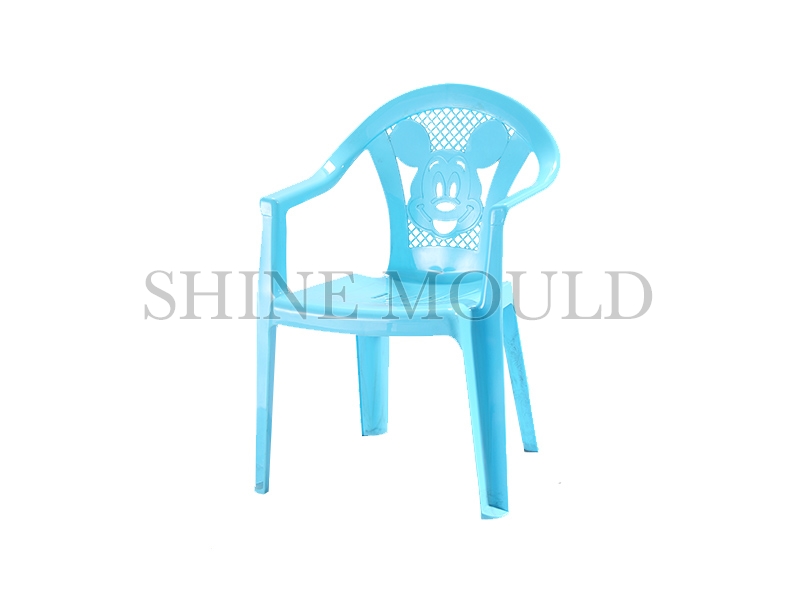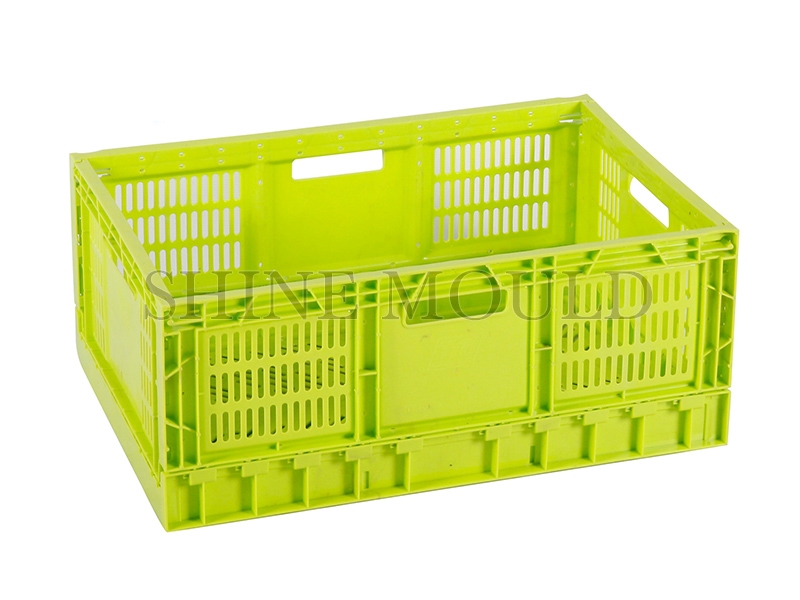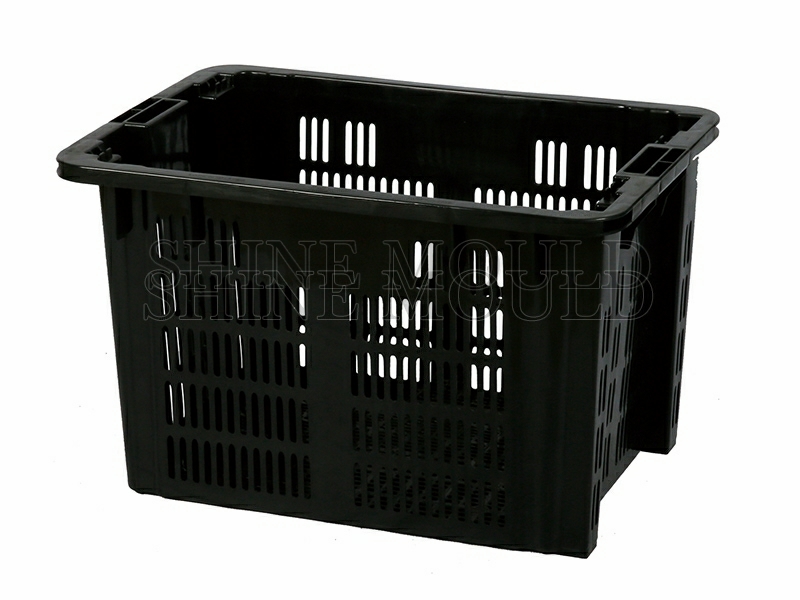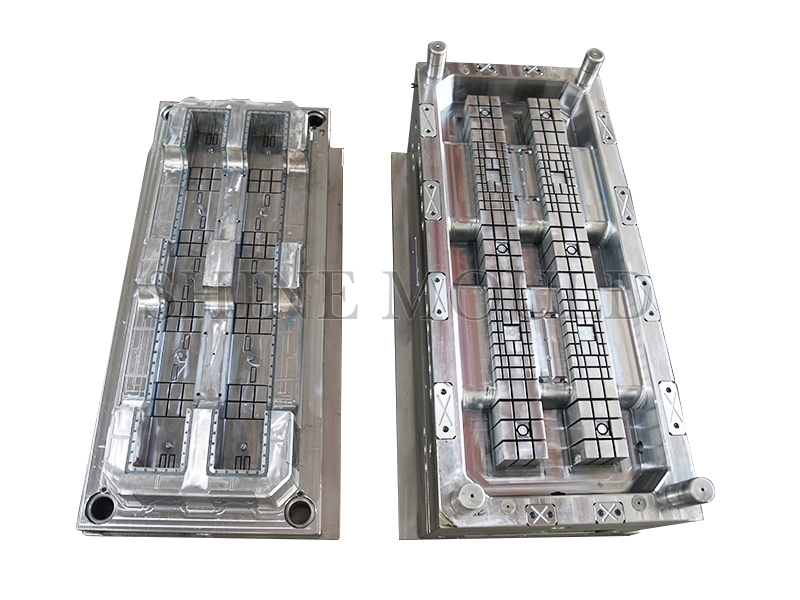The Evolution of Armchair Mould Styles
The design of armchairs has undergone significant changes over the years, influenced by various cultural, technological, and aesthetic shifts. One of the key factors in the evolution of armchairs is the development of the armchair mould. The chair mould is essential in shaping the structure, form, and style of these chairs, allowing designers to experiment with new materials and create innovative designs. This article explores how China armchair mould styles have evolved from their traditional origins to the more contemporary, dynamic styles we see today.
In the early stages of armchair design, craftsmen primarily relied on manual techniques to create the chair's structure. The armchair mould during these times was rudimentary, often made from wood or simple metal forms that were shaped by hand. These early armchairs typically had a rigid, boxy appearance with straight lines and minimal curves. The moulds were functional but lacked the complexity of later designs.
The Industrial Revolution brought significant changes to the way furniture was produced. With the advent of mass production, manufacturers were able to create armchairs more efficiently and at a lower cost. This period saw the introduction of more advanced armchair moulds, which allowed for quicker and more precise production.
During this time, the armchair mould transitioned from being a simple hand-carved tool to a more complex, machine-driven process. Moulds were now made of metal or durable materials, capable of withstanding repeated use in a factory setting. This shift led to the production of armchairs that were more consistent in form and style. Designers were able to experiment with new materials, such as upholstery and foam, which made armchairs more comfortable and visually appealing.
The mid-20th century marked a turning point in armchair mould styles as modernism gained prominence in the world of design. Modernist designers sought to break away from traditional forms and embrace new materials, shapes, and production methods. The chair moulds of this era reflected these changes, with designers focusing on creating functional, minimalist chairs that prioritized comfort and simplicity.
By the late 20th century, the focus of armchair design shifted towards increased comfort and functionality. This period saw the introduction of ergonomic armchair moulds, which prioritized the physical well-being of the user. Designers began to pay more attention to how the armchair could support the body, resulting in the development of moulds that allowed for better lumbar support, adjustable armrests, and deeper seats.
As we entered the 21st century, there was a growing demand for sustainable and customizable furniture. Environmental concerns led designers to focus on creating Chair Mould Prices that could be produced using eco-friendly materials and methods. The use of recyclable plastics, sustainably sourced wood, and biodegradable upholstery became more common, with chair moulds designed to reduce waste and ensure longevity.
Moreover, the desire for personalized furniture options has influenced the evolution of armchair moulds in recent years. Manufacturers now offer a wide range of customization options, from fabric choices to seat height adjustments. Advanced technology, such as 3D printing and computer-aided design (CAD), has made it easier to create bespoke chair moulds tailored to individual needs and preferences. These innovations have made it possible for consumers to purchase armchairs that not only fit their aesthetic tastes but also their physical requirements, such as back support and comfort.
The evolution of armchair mould styles has been shaped by cultural, technological, and functional changes over the years. From the early hand-crafted moulds to the complex, customizable designs of today, the chair mould has played a pivotal role in shaping the furniture industry. As consumer preferences continue to shift toward comfort, sustainability, and personalization, the role of the Custom Office Chair Mould will undoubtedly continue to evolve, enabling designers to create innovative and functional seating solutions that meet the needs of modern living. The armchair mould is not just a tool; it is a reflection of the changing ways we view comfort, style, and functionality in our living spaces.




 Search...
Search... English
English




.jpg)
.jpg)
.jpg)
